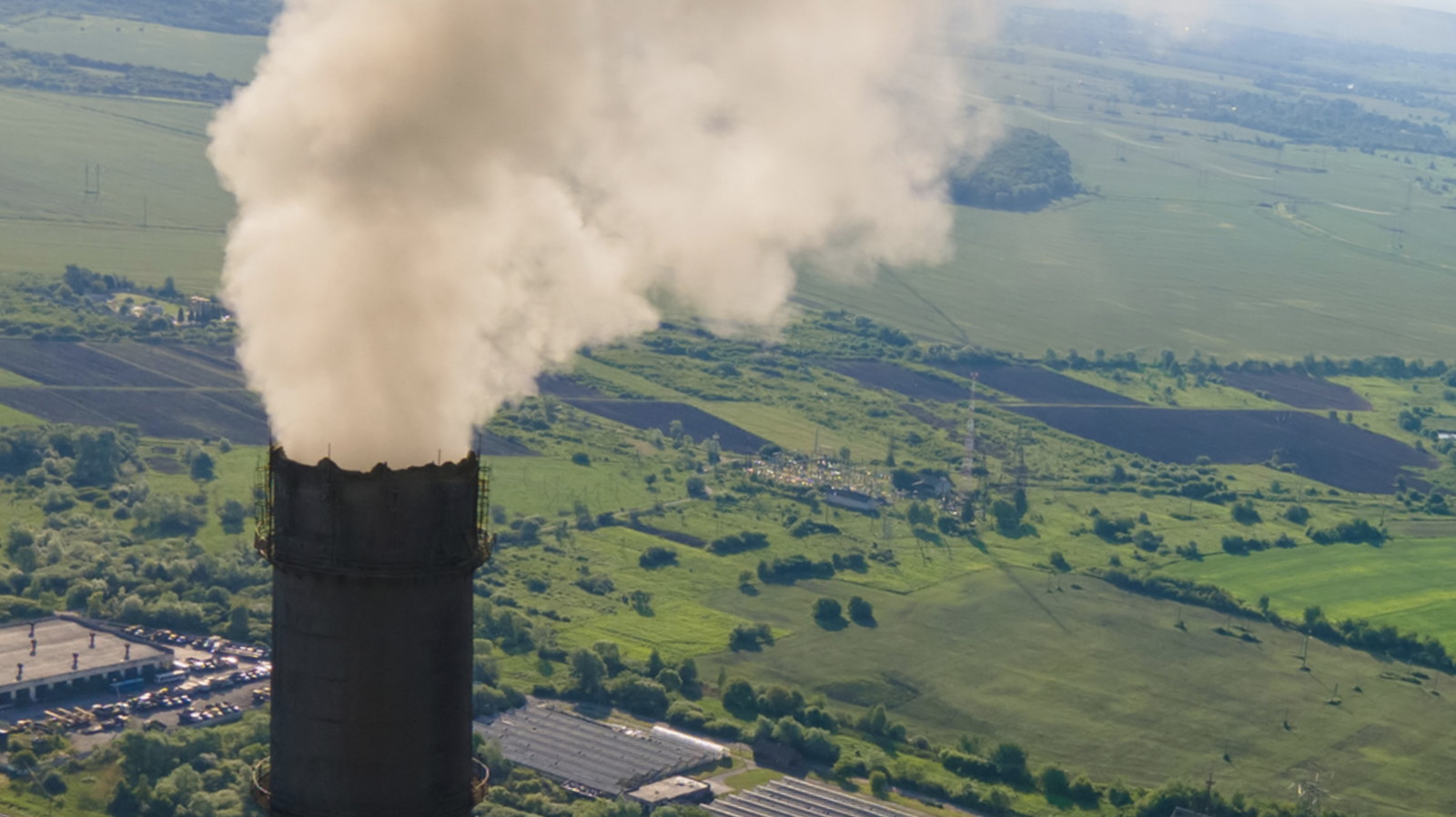Overview
The proposed greenhouse gas (GHG) regulations for new and existing power plants under Clean Air Act Section 111 will reduce climate change causing GHG emissions as well as health-harming air pollutants. A significant element of the proposed regulations is the mandate that coal power plants reduce GHG emissions by almost 90% by 2030, or close before 2040.
To contextualize the proposed regulations’ near-term impact on Wisconsin, we estimate the monetized health impacts using EPA modeling and methods. We use the EPA’s power sector modeling results for the proposed regulations and baseline, which report emissions at the state-level in 2028 and 2030.
Key Points
-
Major Emissions Cuts: Under the proposed regulations, coal plants must reduce GHG emissions by 90% by 2030, or shut down if unable to comply. These measures also reduce sulfur dioxide (SO2) and particulate matter (PM2.5), leading to major air quality gains.
-
Substantial Health Benefits: In 2030 alone, the proposed rules would prevent 1,300 premature deaths, 800 hospital visits, and over 300,000 asthma attacks nationwide. Wisconsin’s share translates to nearly $50 million in health benefits from reduced air pollution.
-
Climate And Economic Value: Wisconsin power plants would emit 2.8 million fewer metric tons of carbon dioxide (CO2), providing $140 million in climate benefits based on the federal social cost of carbon.
Summary
The EPA’s 2023 proposed GHG standards for power plants mark a historic tightening of emissions controls under the Clean Air Act. The rules require new, modified, and existing fossil fuel plants to drastically reduce carbon emissions, primarily by retiring coal-fired units or adopting advanced emissions controls. The EPA’s Regulatory Impact Analysis (RIA) shows the greatest national health benefits in 2030, driven largely by reductions in sulfur dioxide (SO2) and related fine particulate matter (PM2.5). These pollutants are directly linked to respiratory and cardiovascular diseases, hospitalizations, and premature deaths.
The public health and climate benefits outlined in this analysis imply that utilities are more likely to retire aging coal plants rather than retrofit them with costly carbon capture systems—aligning with broader market trends that favor renewable energy and gas over coal.
Important Takeaways
-
Climate And Health Synergy: Policies designed to curb greenhouse gases also deliver immediate public health benefits by reducing harmful co-pollutants.
-
Coal Phase-Out Is Central: Most Wisconsin health benefits stem from reductions in coal-fired generation, leading to sharp declines in SO2 and PM2.5 emissions.
-
$190 Million In Total Benefits: Combined health and climate impacts in 2030 are valued at approximately $190 million for Wisconsin.
-
Air Quality Improvement Means Lives Saved: Avoided premature deaths drive the majority of health-related economic benefits, reflecting the high human cost of power sector pollution.
-
Transition Is Economically Sensible: With coal increasingly uncompetitive, these regulations accelerate Wisconsin’s shift toward cleaner, cheaper energy sources—cutting costs, pollution, and public health risks simultaneously.
